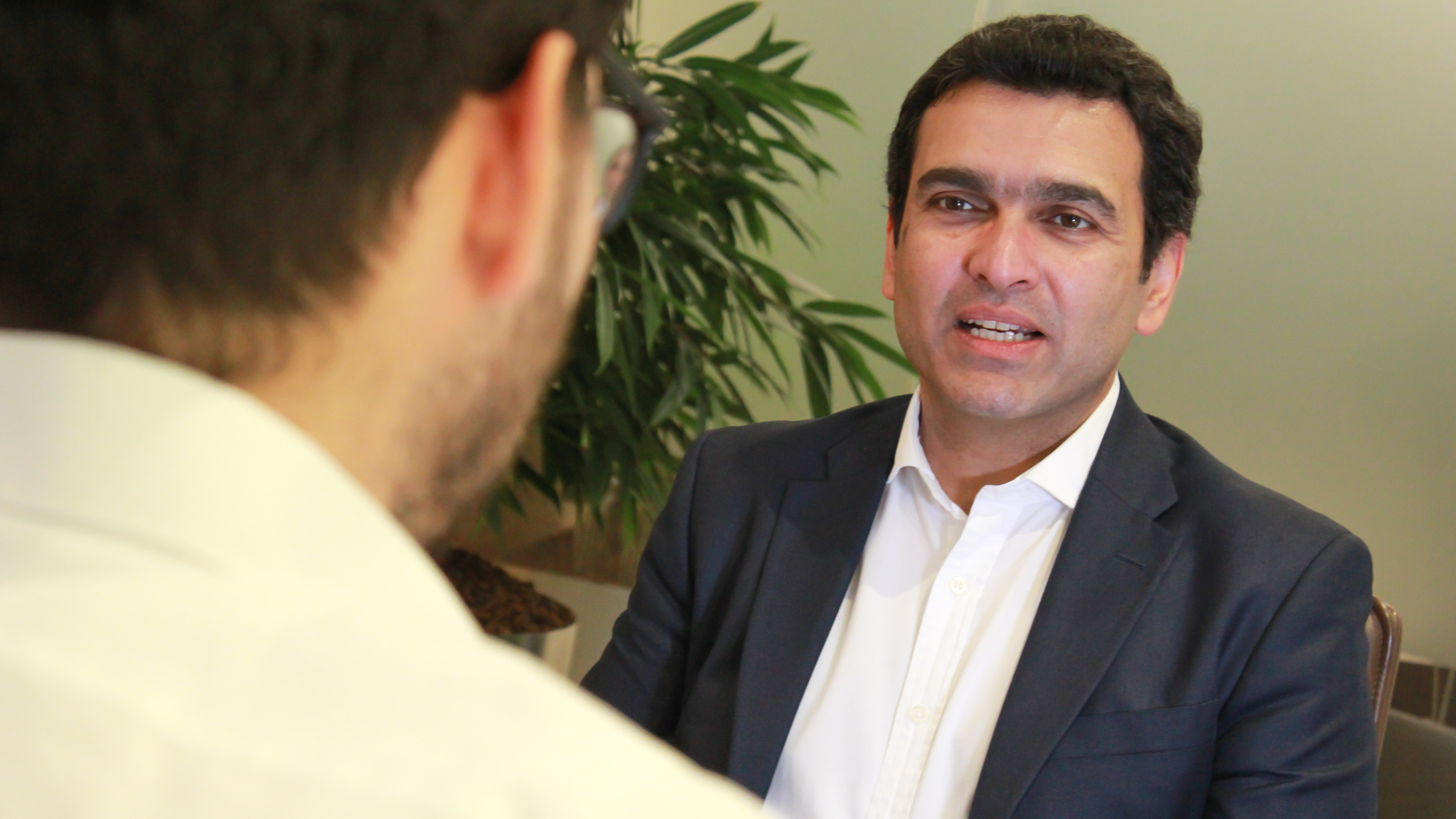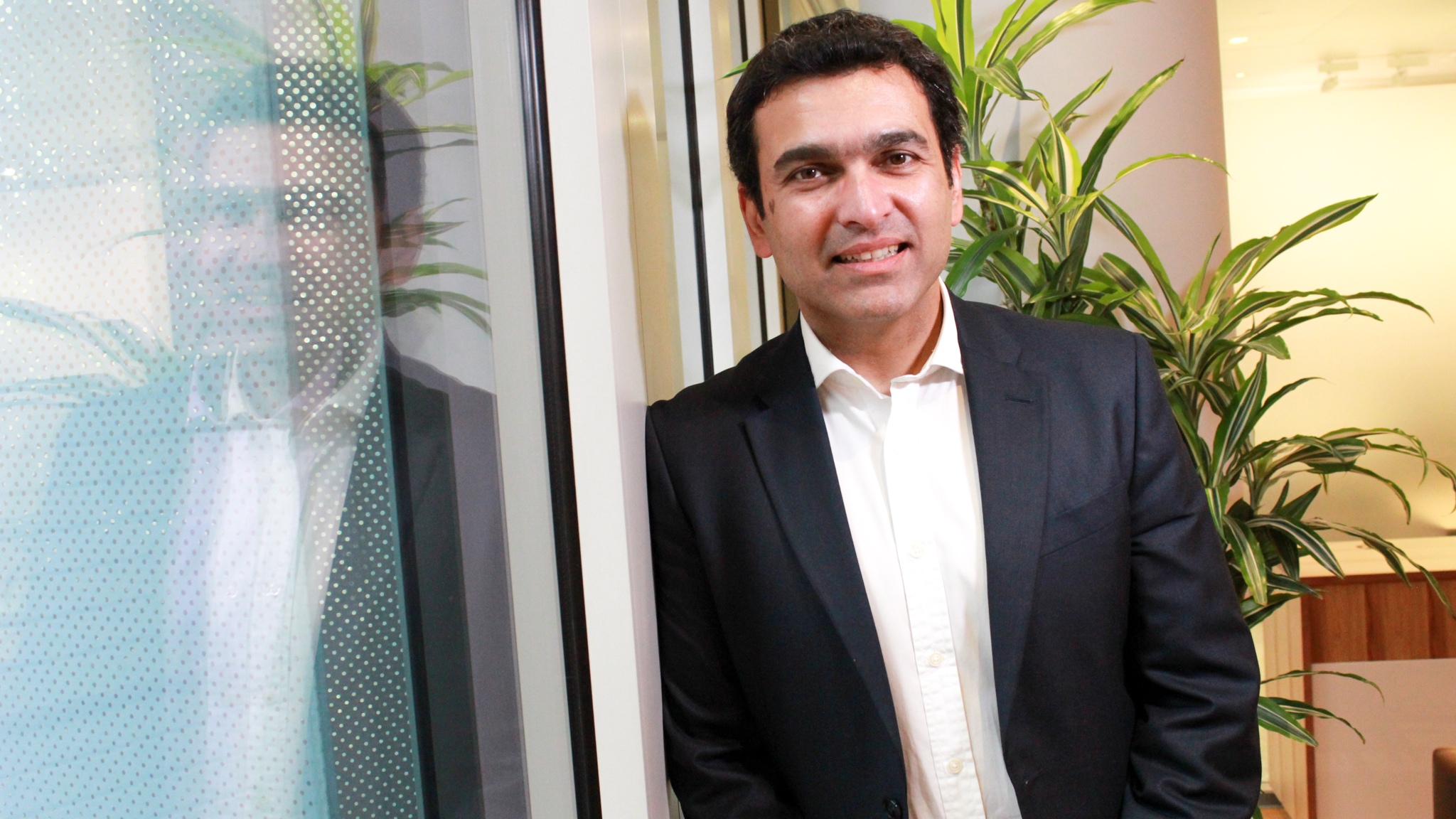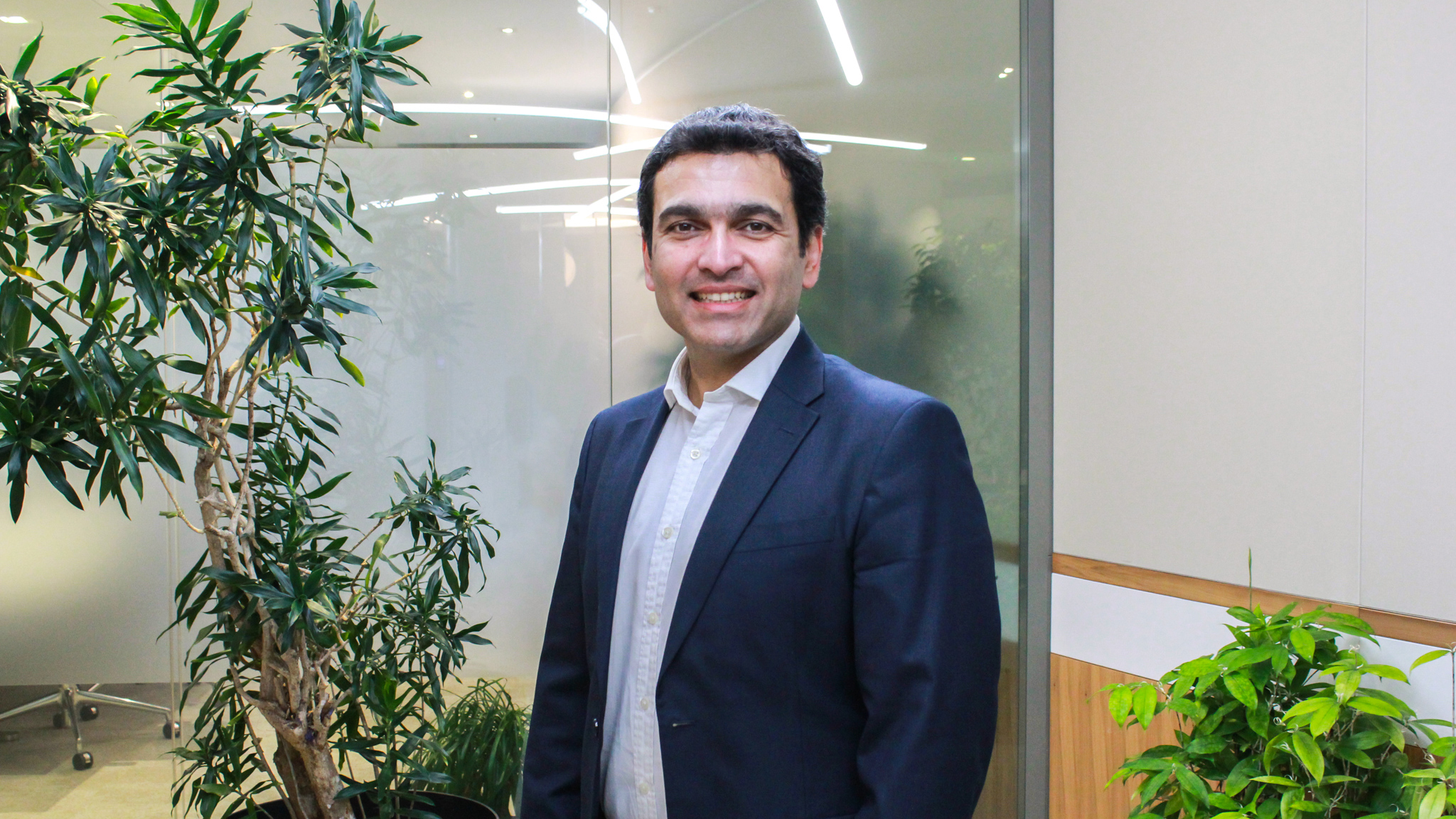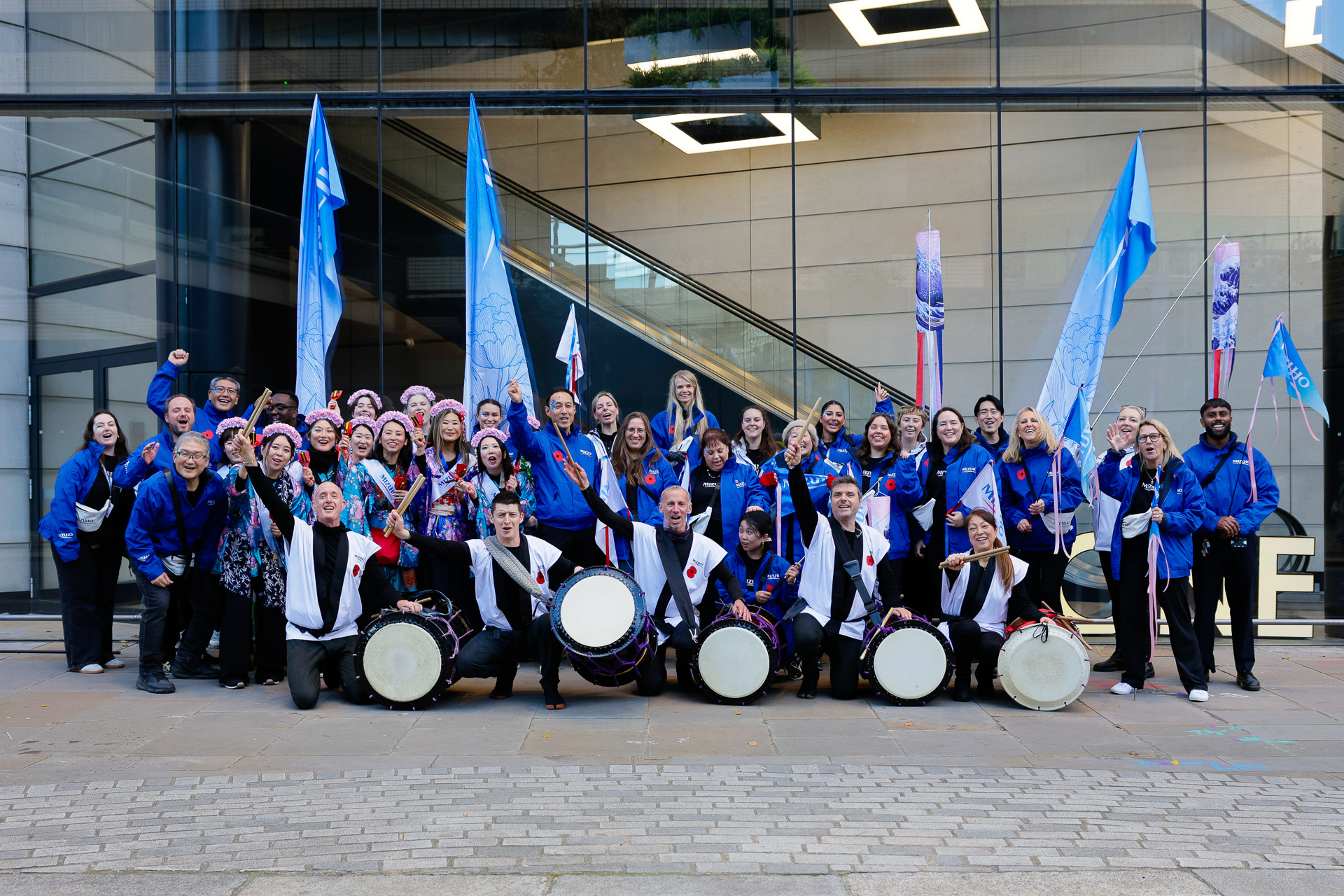“The technology industry is constantly undergoing transformation driven by need for higher productivity, environmental protection, and changing lifestyles” says Shujat Mirza, Head of Technology and Services at Mizuho EMEA.
On 15 November 2022, the world’s population reached 8 billion people and it is projected to reach 8.5 billion in 2030. According to the World Health Organization, also in 2030, one in six people in the world will be aged 60 years or over, with the number of people aged 80 years or older expected to triple between 2020 and 2050.
“As populations continue to grow and age, there’s greater demand for a wide range of products, services, in particular healthcare, and this puts more pressure on available resources,” says Mirza. “This in turn is driving the rapid development of new technologies and innovative solutions like robotics, machine learning, and AI.”
Investment in the emergence of new technologies
The efficiency of existing resources and development of new resources is needed to survive and thrive in these changing demographics, leading to the rapid emergence of new technologies to supplement the work force and enhance smart living.

“As populations continue to grow and age, there’s greater demand for a wide range of products, services and in particular healthcare and this puts more pressure on available resources.”
Shujat Mirza
Head of Technology and Services at Mizuho EMEA
According to a Mckinsey & Company report, just a 1% annual increase in productivity could generate up to an extra $3,500 in per-capita income in certain regions, whilst the Confederation of British Industry say that over 70% of firms are using new technologies to improve business resilience.
“Ubiquitous connectivity will enable technologies to interact with physical objects, be it buildings, vehicles, or other types of infrastructure.” argues Mirza. “The Internet of Things (IoT) is allowing this to happen in factories, grids, hospitals and even households – enabling them to operate with more efficient use of resources.”
“5G IoT unit sales in some industries are forecast to grow from 1.2 million in 2022 to a staggering 22+ million by 2030” noted Mirza, “whilst connected devices are estimated to grow during the same period from 25 billion to 40 billion, shifting from mobile phones being the underlying driver to all forms of short-range and wide-area IoT.”
Another important factor driving investment in new technology is the changing lifestyle of the next generation. “We’re seeing tech enablers and their investors dedicate a lot of attention towards innovative experiences and entertainment” says Mirza.
A new era of AI innovation has been knocking on our doorsteps, as demonstrated by the phenomenal amount of interest generated by the launch of ChatGPT reeling in 100 million monthly users. “This is just the beginning” claims Mirza. “Whilst still arguably in its infancy, and currently limited to the gaming industry, the Metaverse has the potential to become an everyday reality and way of life in the future.”
Yet another key area needing technological innovation is energy transformation and environmental protection according to Mirza. “Whether it’s the development of smart grids, electric vehicles and battery production or water conservation and farming more food with the same mass of land – this all requires radical rethinking and investment in new technological infrastructure.”
Building tomorrow’s digital infrastructure
To enable the implementation of all these new technologies there is need for stronger digital infrastructure and investment in research and design, as well as education across the work force.

“We have links to equity and debt investors, and are able to channel long term capital to our clients to enable new technologies to get off the ground and facilitate the building of required digital infrastructure.”
Shujat Mirza
Head of Technology and Services at Mizuho EMEA
“Optical fibre networks, telecom towers and data centres – these are just a few digital infra assets requiring significant investment” comments Mirza. “A full 5G vision in Europe alone will require €150 billion investment until 2027. This includes densification of towers by almost 200k new towers to a total of around 565k towers.”
Using a new internet architecture called Web 3.0, the market opportunity underlying the Metaverse is estimated to be worth more than $1 trillion in terms of annual revenue. As demand and utilisation of the Metaverse advances, the digital infrastructure needed to keep it running will also need to be built, maintained and updated. Another example is in mobile traffic for video. This is expected to exceed 225 exabyte per month by 2027 compared to around 60 exabyte per month in 2022.
When it comes to the investment needed in these areas, Mirza is quick to answer just how big of a scale of investment is needed. “Fibre-to-the-Home (FTTH) itself requires more than €85 billion capex just in five key Western European countries. Similarly, global data centre capex is on track to reach $350 billion by 2026 out of which a big chunk would be deployed in main European locations like Amsterdam, Frankfurt, Paris, and London which account for concentration of data centres in this region.”
As a global bank with strong presence in Asia as well as the US, Mirza says that Mizuho is perfectly placed to help technology companies on their journeys. “It’s an exciting industry to be connected to” he summarises, “We have links to equity and debt investors, and are able to channel long term capital to our clients to enable new technologies to get off the ground and facilitate the building of required digital infrastructure.”




